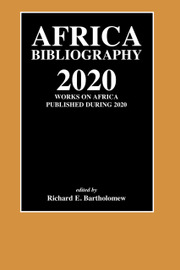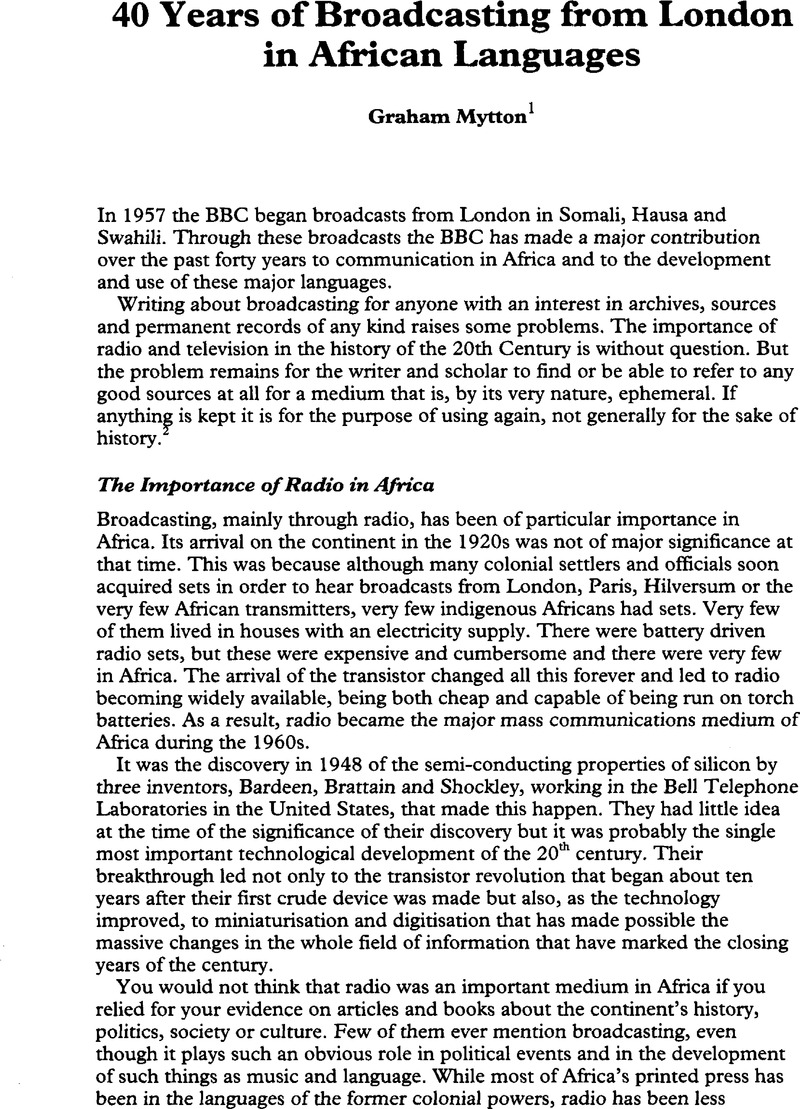Crossref Citations
This article has been cited by the following publications. This list is generated based on data provided by Crossref.
Kitchen, Stephanie
2013.
Africa Bibliography 1985–2012.
Africa Bibliography,
Vol. 2012,
Issue. ,
p.
vii.


